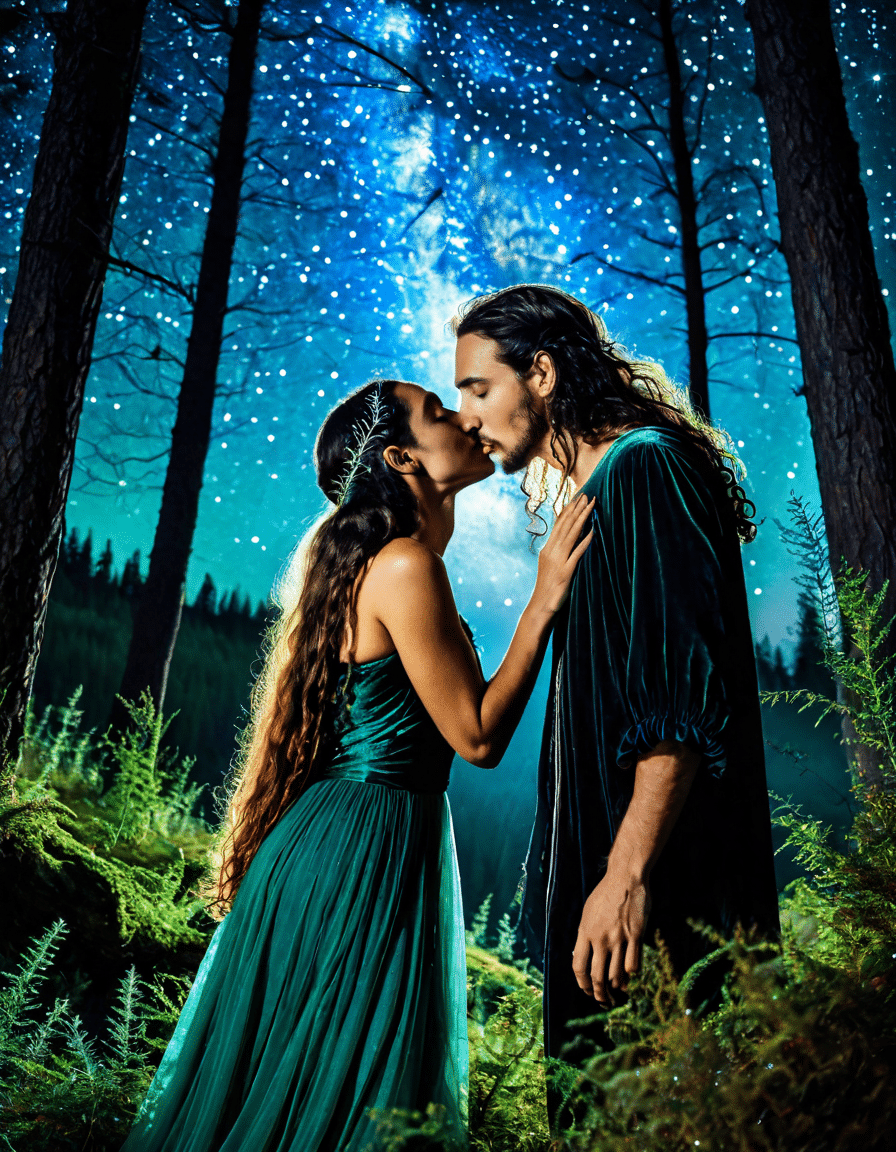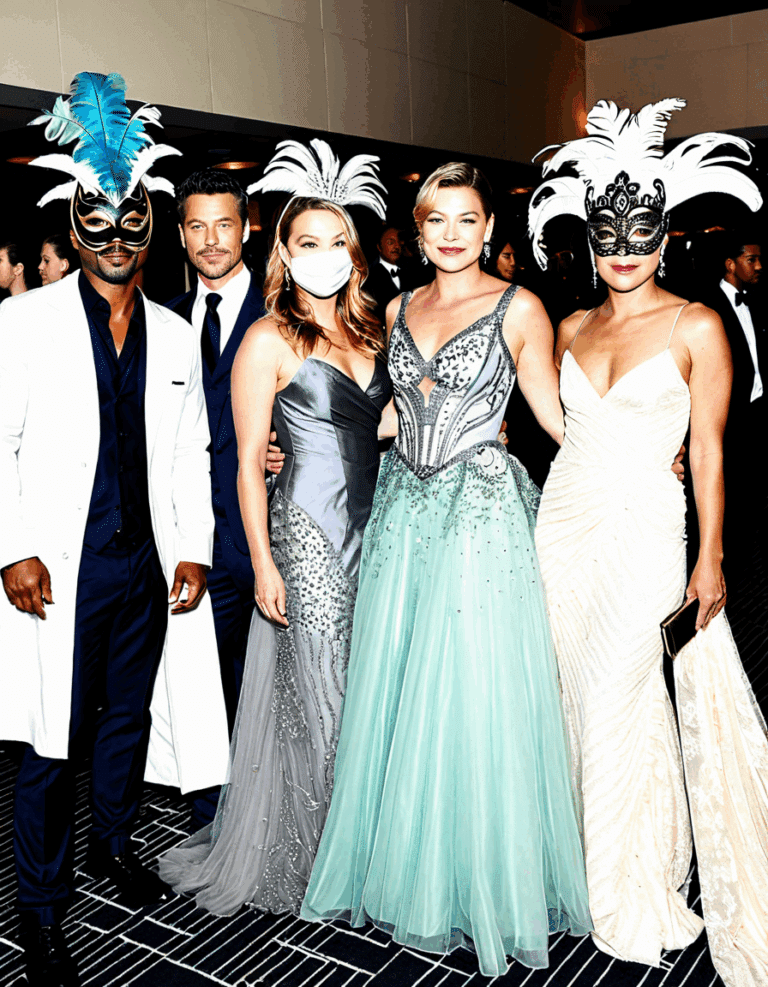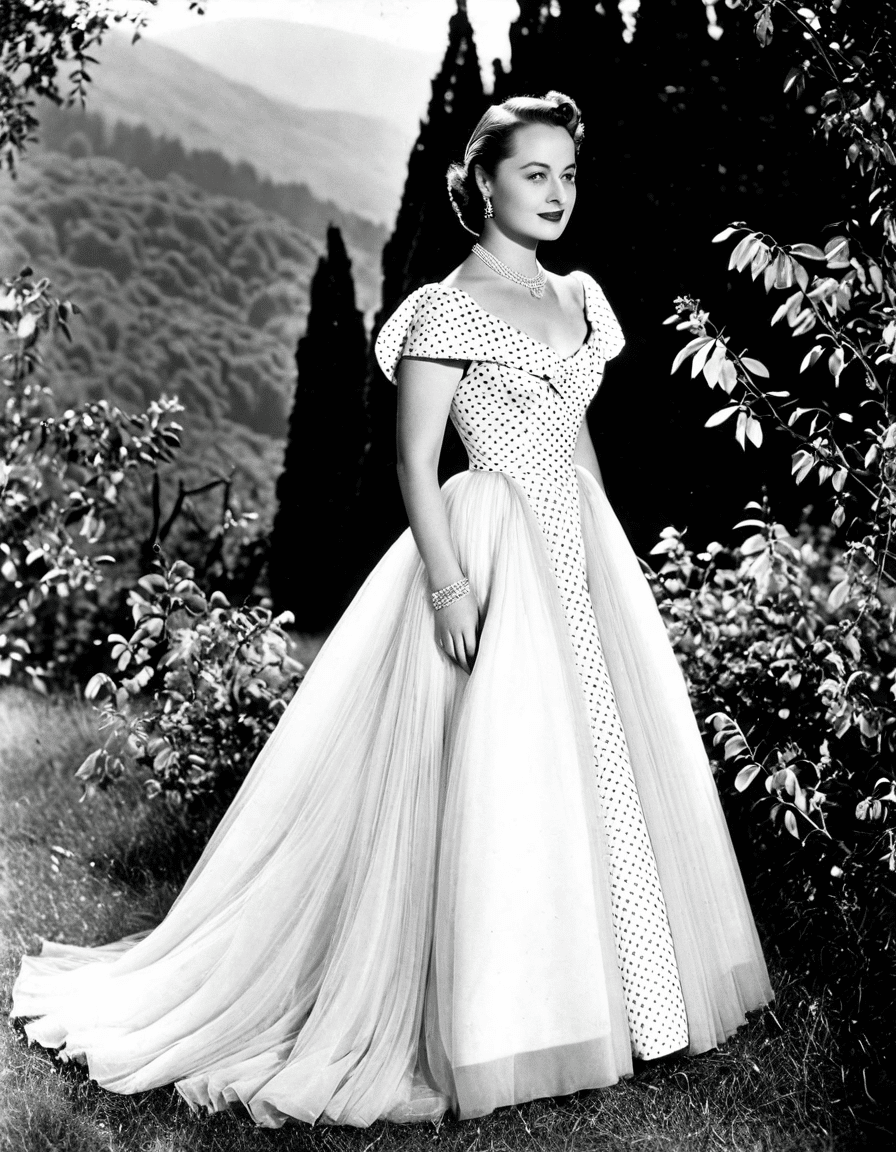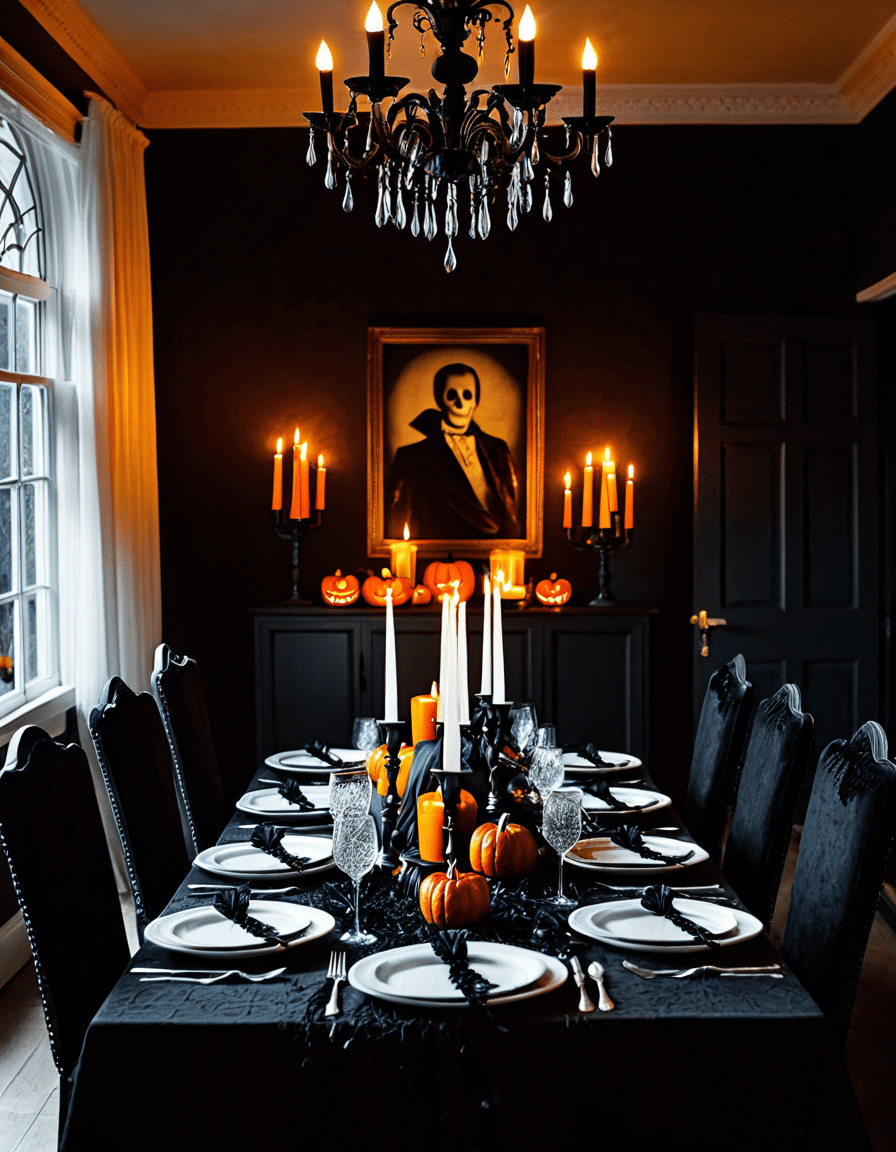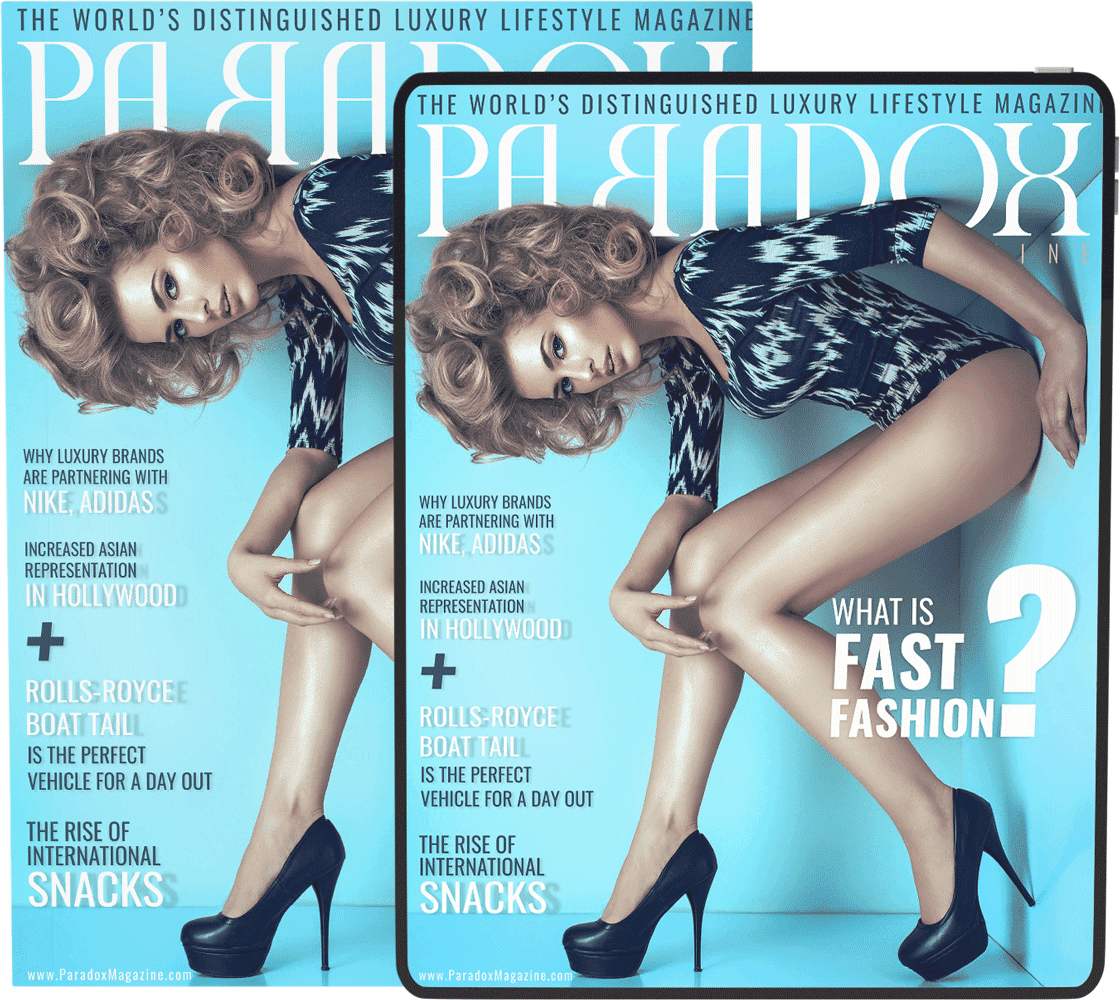Ah, the incubus – that sultry figure emerging from shadowy corners of folklore, wrapping itself around our consciousness like an intoxicating fragrance. Traditionally depicted as a male demon visiting women at night, this intriguing entity has danced through history, weaving tales of possession, seduction, and desire. In today’s dazzling tapestry of culture and consciousness, the incubus feeds not only our fantasies but also our fears, creating an ever-spinning vortex of enchantment and horror. So, pour yourself a cup of your favorite Yogi tea – recalled or not! – and let’s unravel the alluring secrets hidden in the cult of the incubus.
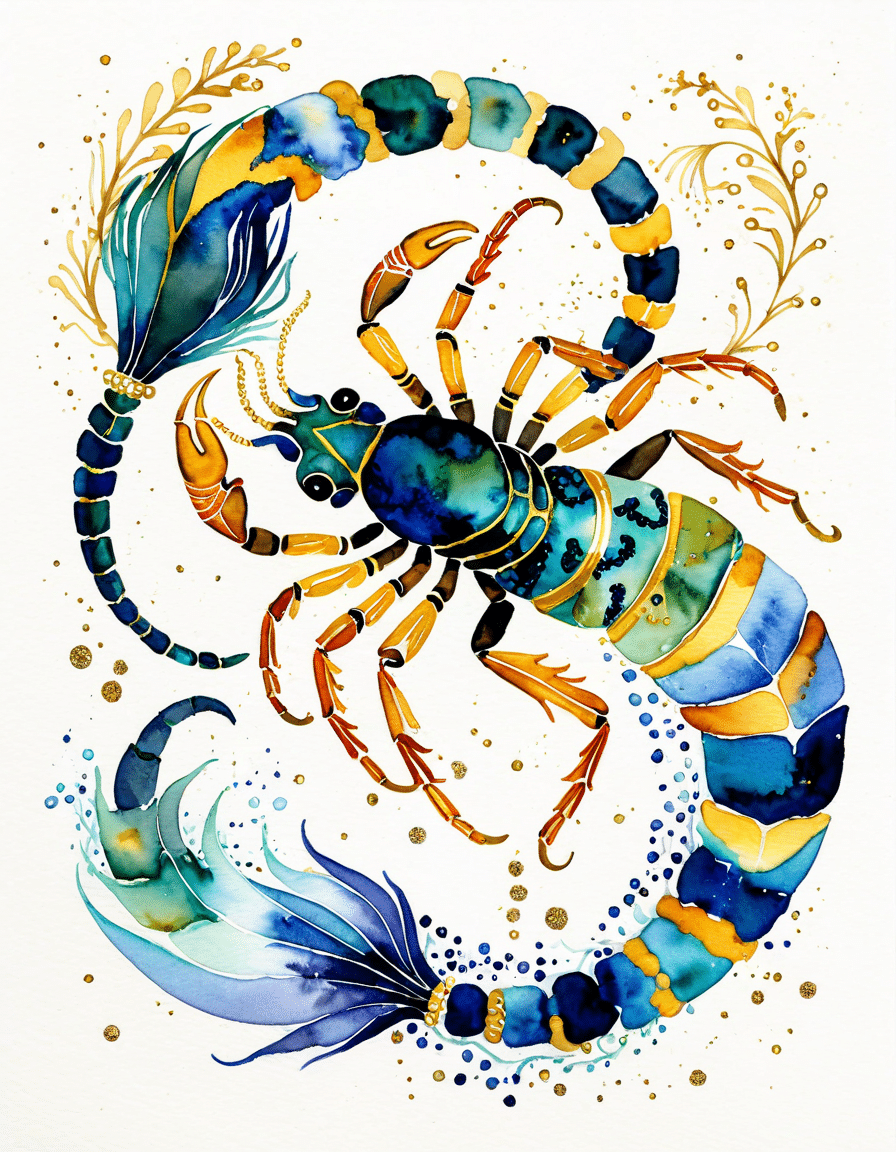
7 Intriguing Aspects of the Incubus Phenomenon
1. Historical Context and Cultural Interpretations
Darlings, the incubus struts through the pages of history like a couture model on a catwalk. It shows up in various cultures, each interpretation reflecting their societal norms and anxieties. In medieval Europe, for instance, the incubus was painted as a nightmare, provoking terror among women across the ages. Then, take a trip back to ancient Mesopotamia, where figures like Lilith embody this seductive spirit, illustrating the sexual fears and rigid power dynamics of their time.
As society shifted, so did the incubus. From religious fears tied to morality to tales that challenge contemporary sexual mores, this demon continues to evolve. It reveals the complexities of desire and taboo while holding a mirror to the fears of different eras. Just like a finely curated collection of clothing, the incubus adapts, morphing its traits with each cultural shift.
2. Scientific Explanations: Understanding Sleep Paralysis
Ah, science! In the world of sleep studies, the incubus takes on a new persona, blending myth with neurological phenomena. Many report harrowing experiences of being pinned down, both physically and psychically, during sleep paralysis. This condition often features a blend of vivid hallucinations and an overwhelming sense of dread. It’s akin to realizing your fabulous new outfit is slightly off—all allure, but no comfort.
Modern research suggests that during REM sleep, our brains may project these imaginative nightmares of sinister presences, with many attributing such experiences to supernatural forces like our dear incubus. The overlap of symptoms reported by sleep research societies has ignited conversations connecting these eerie experiences with our understanding of sleep disorders. So maybe that menacing dream about a phantom lover isn’t just a figment of your creative imagination!
3. Pop Culture and Gothic Romance: The Scorpio Archetype
Darling, enter gothic romance, where the incubus morphs into the seductive, mysterious Scorpio archetype. Through a lens of intensity and intrigue, the incubus often reflects complex desires that thrill as much as they terrify. Think of Edward from Twilight or the haunting figures found in Anne Rice’s The Vampire Chronicles. Each character embodies the essence of the incubus, inviting audiences to delve into their dangerous liaisons.
But what’s more compelling? These narratives do more than titillate—they echo society’s evolving views on desire, danger, and intimacy. With each bear hug from the shadows, we’re conferred a delightful yet eerie mirror into our inner desires. The exploration of these relationships below the surface not only brings a rush but also incites deeper conversations about our wants and fears, much like a meticulously crafted runway show that raises eyebrows and questions.
4. Modern-Day Beliefs and the Resurgence of Spirituality
In today’s world, where even the most mundane aspects can be glorified, spirituality is seeing a renaissance, intertwining with the lore of the incubus. Neo-paganism and other spiritual practices often embrace the idea that these entities can play a role in personal empowerment. The allure of tapping into the energies of the incubus persists, as practitioners recount personal tales woven with experiences during rituals or astral travels.
More than just hocus pocus, these modern beliefs provide an enriching backdrop to the incubus mythos, transitioning it from mere folklore to a contemporary symbol of exploration, understanding, and empowerment. Our night demons come alive as tools of self-discovery and reflection, urging us to reclaim power over our narratives in sexy, evocative ways.
5. Incubi and Gender Dynamics: A Feminist Analysis
Hold on to your haute couture hats, because discussing gender dynamics in the incubus narrative opens a treasure trove of critical insights. Feminist analyses of the incubus unveil a striking truth: male desire has historically been framed as predatory, casting shadows over the delicate subject of female autonomy. This enchanting creature, rather than simply representing raw, untamed masculinity, raises significant discussions about consent and the portrayal of sexuality.
As scholars dissect the incubus, it morphs into a compelling symbol within broader conversations surrounding patriarchy and empowerment. Reclaiming the narrative transforms the incubi from mere nocturnal creatures into avatars for contemporary discourse—inviting society to rethink dominant narratives and explore themes of agency and consent, much like a well-turned page in a thought-provoking piece of fashion journalism.
6. Incubus as Inspiration for Art and Music
Our friend, the incubus, has long seeped into the artistic spirit of humanity. Think of Francisco Goya’s haunting artworks that echo the allure and terror of these demons. He captures an enigmatic essence that draws viewers into a world filled with desire and darkness. Fast forward to musicians like Metallica, whose track “The God That Failed” dives into haunting emotions of loss and longing, embodying the incubus as a metaphor for life’s personal demons.
Through art and music, the incubus comes alive, blending classic lore with modern narratives that resonate on multiple levels. It invites imagination while challenging conventional interpretations of desire, embodying an aesthetic that is as beautiful as it is troubling. Just as trends ebb and flow in the world of fashion, artistic expressions surrounding the incubus evolve, enriched by each artist’s unique take on love’s darker corners.
7. The Future of Incubus Lore: Digital Stories and Gaming
In the age of digital enlightenment, the incubus gleefully rolls with the punches—adapting to contemporary platforms like video games and online storytelling. Titles such as Hades and Darkest Dungeon breathe new life into this entity, intertwining mythological narratives with immersive gameplay and inviting new generations to engage with age-old fears and desires.
Gamers find themselves flirting with danger and intrigue, experiencing incubus-driven stories that blend personal agency with interactivity. They step beyond the traditional narratives, engaging with incubi as playful adversaries or seductive allies. This evolution showcases not only the surprisingly timeless nature of these myths but also how they continue to inspire the imagination while dancing on the edges of our deepest fears.

Embracing the Shadows: The Legacy of Incubi in Contemporary Culture
The enduring allure of the incubus reflects a deep-rooted cultural anxiety revolving around intimacy, desire, and the great unknown. In a world where relationships are complicated, the mythical and tangible aspects of these night demons provide rich ground for exploration in literature, psychology, and art. Each retelling, each artistic expression, weaves into the vast tapestry of human experience, inviting a multi-faceted examination of sexuality and power.
So, dear reader, let’s embrace our shadows. The incubus inspires us to confront old fears while offering a treasure trove of possibilities for exploring the intricacies of human experience. As we dance between darkness and desire, these night demons serve not only as a reflection of our past but as companions guiding us through our future—encouraging us to experience life unapologetically, with all its wild complexities.
Incubus: The Enigmatic Night Demon
When folks think about the \textbf{incubus}, they might picture a terrifying creature haunting their dreams. But did you know that throughout history, these night demons have also been depicted in many ways? For starters, the term “incubus” has roots in medieval Latin, meaning “to lie upon.” This is quite fitting, considering their mythical role in seducing individuals while they sleep. Interestingly, in some cultures, incubi were believed to prey on women, while their female counterparts, the succubi, targeted men. The stories around them have inspired everything from gothic novels to modern flicks, making their mark not just in folklore but in pop culture, much like the enchanting worlds seen in adaptations of Berserk 2016.
As we dive further, let’s not overlook how these fearsome figures tie into the creative minds of past generations. Think of the artistic portrayals that have sparked countless imaginations. Some modern perfumes, like Wonderstruck perfume, encapsulate that ethereal allure often tossed alongside mysterious figures. While you’re on that, if you’re curious about the ways in which these stories are presented in today’s media, the way The Contestant brings tantalizing tales to life might echo the eerie seductions of the incubi.
Now, shifting gears a bit—how about the connection to the urban landscapes filled with tales of strife and survival? Much like the stories emerging from the favelas, the narratives surrounding the incubus provide a glimpse into human fears and desires, mirroring societal struggles and the darker sides of energy. Adding to this, you can see these themes represented in films where the characters grapple with their desires, similar to the intrigue offered by platforms like MoviesMod. Whether it’s fantastical or deeply human, the incubus phenomenon pricks our curiosity for a reason! And, hey, who wouldn’t want to explore the layers of these entities further, just like many fans delve into the seasons of Young Sheldon, exploring the lighter side of family and dreams?
To wrap it up, incubi are more than just nightmares; they’re a reflection of our innermost fears and passions, entwined with art, culture, and storytelling. You might even stumble on parallels in your favorite tunes, think of someone like Redfoo weaving a narrative that contrasts the dark and the whimsical. So, the next time you hear about an incubus, remember—it’s not just a story of fear; it’s about understanding the complexities of desire and how they echo through our stories, from ancient tales to modern-day dramas. Speaking of desire, be sure to stay informed about recent happenings like the Yogi tea bags recalled news or find out fun facts about how these elements influence our understanding through tongues in media.
